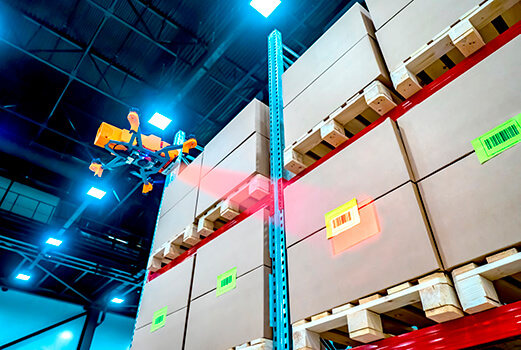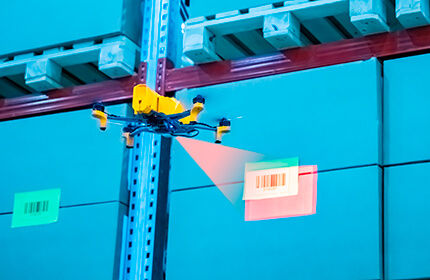The evolution of this technology has allowed it to be applied in different industries with an infinite number of uses, and the logistics sector is relying on them to process information more efficiently and deliver faster.
Below we share the uses and limitations of this technology and what it offers to meet customer expectations.

Today they are a support solution for internal and external logistics processes, with highly versatile applications for the industry.
During the past decade, the largest logistics and retail companies in the world have focused their efforts on the development of these technologies, optimizing their automatic navigation systems to facilitate takeoff and landing, increasing their height and travel range, covering distances of 12 km, moving packages of up to 2 kg. It is important to mentioned that these tests were carried out in areas with a low population index and in adverse weather conditions, averaging a flight time of 20 minutes from takeoff until reaching the customer's hands.
These tests are intended to anticipate the new consumers’ needs and evaluate their application within urban areas with a high population index to adapt their needs and perfect them for the purposes that best suit the market.

There are many advantages of its implementation within the logistics industry, unfortunately they still have many limitations. Some of them:
The king of logistics and e-commerce: AMAZON affirms that the regulations imposed by the FAA for the drone industry are preventing North American companies from developing such technology and are being overcome in the innovation race by companies from other countries, which threatens a possible economic benefit.
Public opinion in the United States remains in controversy over AMAZON's plan to make deliveries with this technology, since approximately 30% of the population is not in favor of its implementation, generating reactions ranging from the creation of accounts and content on social media under the slogan «terrorizing the skies with tiny packages» to hearings in the senate to assess the impact of drones in civilian life, focused on the security and privacy of citizens.
Currently this technology is a solution that supports the logistics industry, but it has not yet replaced the activities carried out by human talent and its development will mark the future of logistics processes and the customer's shopping experience.
¿Do you think this solution will be a standard in product delivery someday?
Posted by: G.I.Eicom
Leaders in Material Handling & Intralogistics Solutions